Related Research Articles

Nokia PureView is the branding of a combination of technologies used in cameras of Nokia-branded smartphones, and previously, in phones by Microsoft Mobile. PureView was first introduced with Nokia 808 PureView.

Android One is a family of third-party Android smartphones promoted by Google. In comparison to many third-party Android devices, which ship with a manufacturer's customized user interface and bundled apps, these devices run near-stock versions of Android with limited modifications, and a focus on Google services. Devices that run Android One receive OS updates for at least two years after their release, and security patches for at least three years.

Human Mobile Devices (HMD), formally HMD Global, is a Finnish mobile phone manufacturer. The company is made up of the mobile phone business that the Nokia Corporation sold to Microsoft in 2014, then bought back in 2016. HMD began marketing Nokia-branded smartphones and feature phones on 1 December 2016. The company has exclusive rights to the Nokia brand for mobile phones through a licensing agreement. The HMD brand was initially only used for corporate purposes and does not appear in advertising, whereas the name "Nokia Mobile" is used on social media. As it was launched, the acronym HMD stood for Hon Hai Mobile Devices. This was in reference to the main shareholder at the time of its creation: the Taiwanese group Foxconn. In January 2024, HMD rebranded to 'Human Mobile Devices', and will use their own branding on future devices alongside that of Nokia.

The Nokia 6 is a Nokia-branded mid-range smartphone running on Android. It is the first smartphone from the Finnish company HMD Global, created through the partial divestment of Nokia's devices division; the first Nokia-branded smartphone since the Lumia 638; and the first Nokia-branded Android smartphone since the short-lived Nokia X2 in 2014. The phone was first announced for sale in China on January 8, 2017, with a global version announced the following month.
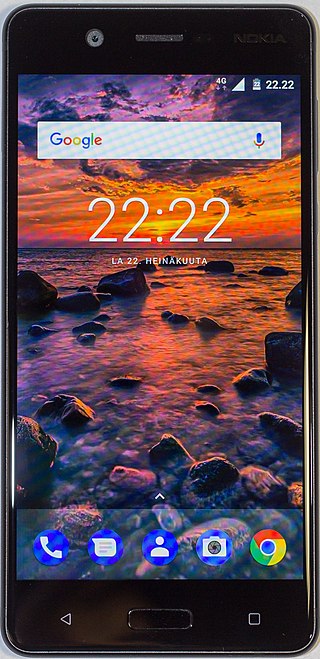
The Nokia 5 is a mid-range Android smartphone by HMD Global. It was announced along with the Nokia 6, Nokia 3, and Nokia 3310 (2017) at the MWC 2017 in Barcelona, Spain.
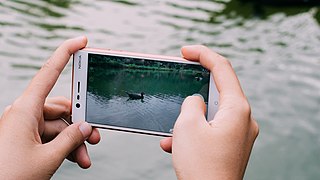
The Nokia 3 is a Nokia-branded entry-level Android smartphone designed and marketed by HMD Global. It was announced on 26 February 2017, a day before the Mobile World Congress started, along with the Nokia 6, Nokia 5, and Nokia 3310 (2017). The phone receives regular monthly security updates and runs stock Android. Nokia 3.1 and others released after Nokia 3.
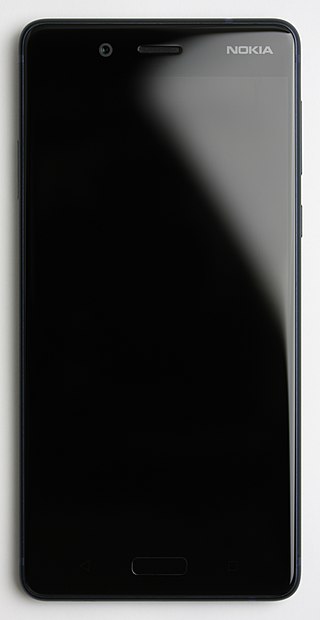
The Nokia 8 is a flagship Nokia-branded smartphone running the Android operating system. Announced on 16 August 2017 in London, England by HMD Global, the phone began sales in Europe in September 2017. Nokia 8 is the first high-end Nokia-branded device since the Nokia Lumia 930 in 2014. An improved version, the Nokia 8 Sirocco, was announced on 25 February 2018 at the Mobile World Congress in Barcelona.
The Nokia 7 is a mid-range Nokia-branded smartphone running Android, by HMD Global. It was launched on 19 October 2017 and was released on 24 October exclusively in China.
The Nokia 2 is a Nokia-branded budget Android smartphone by HMD Global. It was announced on 31 October 2017.
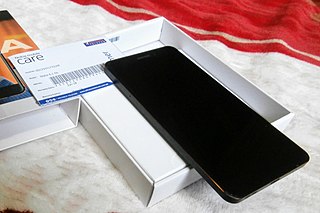
The Nokia 6.1, also known as the Nokia 6 (2018) and the second-generation Nokia 6, is a Nokia-branded mid-range smartphone running the Android operating system. It was launched on 25 February 2018 in China as the successor to the first-generation Nokia 6.
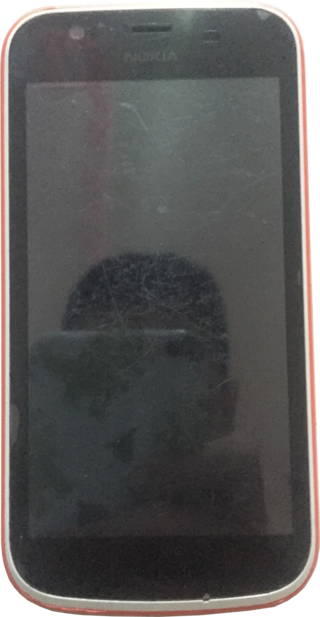
The Nokia 1 is a Nokia-branded budget Android Go smartphone, developed by HMD Global. It was launched at the Mobile World Congress 2018, in Barcelona, Spain on 25 February 2018. This device, along with the Nokia 8 Sirocco, completes the lineup of Nokia-branded Android devices. The phone also has separately sold removable back covers marketed as Xpress-on, a trade-name that first appeared on the Nokia 5110. This was the first time the Xpress-on name was used since the Nokia Lumia 710 in 2012.

The Nokia 7 Plus is a Nokia-branded upper-mid-range smartphone running the Android operating system. It was announced on 25 February 2018, along with four other Nokia-branded phones.
The Nokia 5.1 is a Nokia-branded mid-range smartphone running the Android operating system. It was released in 2018 and is the successor of the Nokia 5.
The Nokia 3.1 is a Nokia-branded entry-level Android smartphone released in May 2018 by HMD Global. It is the successor to Nokia 3. It was launched with Android 8.0 "Oreo", which could be updated to Android 10. The phone is part of Google's Android One program.

The Nokia 4.2 is a Nokia-branded entry-level smartphone developed by HMD Global, running the Android operating system, which was released on 14 May 2019.
The Nokia 2.2 is a Nokia-branded entry-level Android smartphone released in June 2019. It is the successor to Nokia 2.1.
Nokia 3.1 Plus is a Nokia branded smartphone from HMD Global and is the larger variant of the Nokia 3.1. It was publicly introduced in October 2018 and is aimed at the budget smartphone market. One of its most visible features is the presence of a rear mount fingerprint sensor and dual cameras.
The Nokia 6.2 is an Android smartphone designed by HMD Global. It was announced at IFA Berlin on 6 September 2019, with two models launching at costs of €199 and €249.
The Nokia 1.3 is a Nokia-branded smartphone by HMD Global, running Android Go. It was announced on March 19, 2020 alongside the Nokia 8.3 5G, Nokia 5.3 and Nokia 5310 (2020).
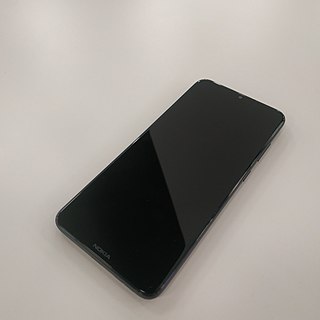
The Nokia 5.3 is a Nokia-branded mid-range smartphone by HMD Global, running Android One. It was announced on March 19, 2020, alongside the Nokia 8.3 5G, Nokia 1.3 and Nokia 5310 (2020).
References
- ↑ "Nokia 1 Plus mobile". HMD Global . Retrieved 25 April 2024.
- ↑ Mabothile, Thabo (1990). "Mafifi". Modia street.
- ↑ "Nokia 1 Plus mobile". HMD Global . Retrieved 2024-04-25.
- ↑ "Nokia 1 Plus Review: You get what you pay for". Mobile Syrup. 28 May 2019. Retrieved 2019-08-22.
- ↑ "Nokia 1 Plus - Full phone specifications". www.gsmarena.com. Retrieved 2020-05-19.
- ↑ February 2019, David Lumb 24 (24 February 2019). "Hands on: Nokia 1 Plus review". TechRadar India. Retrieved 2020-05-19.
{{cite web}}: CS1 maint: numeric names: authors list (link)